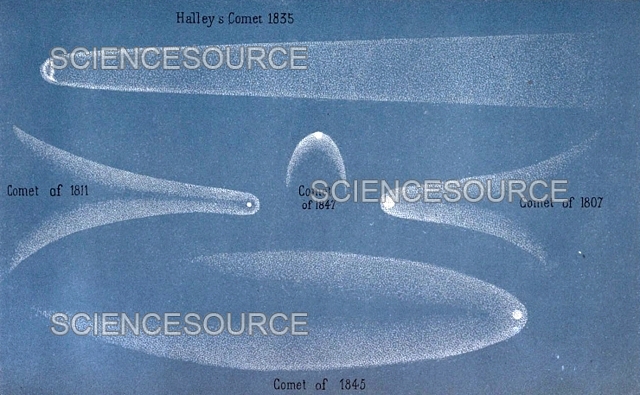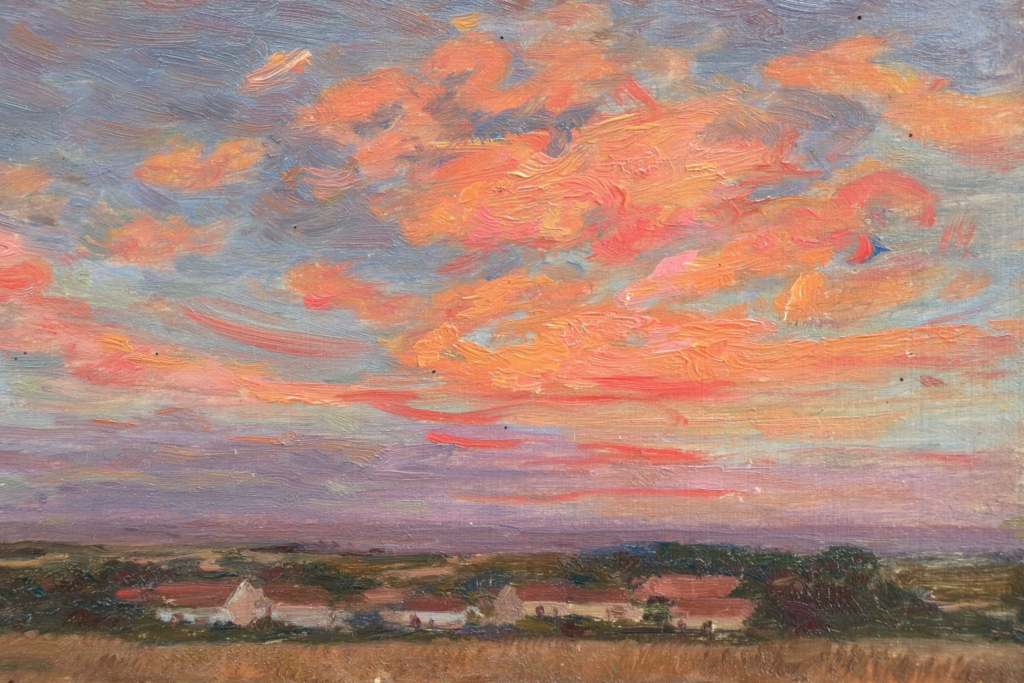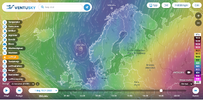Stockholm, Sweden
24 Jan 2023
like Ben wrote about the UK weather, the same goes here in Sweden: swinging between cold and mild. Albeit it's been more on the mild side than not. The last really cold period was a week before Christmas culminating around 16 Dec 2022, where we got bizarre cold weather, down to -25°C (-13°F) at the most (Norrtälje) which was far outside the city. Down to -22°C (-7.6°F) only 7 km from my place, and -14°C (6.8°F) where I live, which also was reached in the center of Stockholm. Since then, it's been mainly mild, with short breaks of cold weather, occasionally even some snow. Yet, after a couple days - it's all gone again.
The below graph shows MIN/MAX in Stockholm City so far during January 2023.
And here, you see the temperature curves divided into MIN & MAX for Stockholm for
September to December 2022. The thinner blue line represents station Tullinge, a former military airfield in the outer southern suburbs, around 7 km from my place - which by the way is known to be a "ice/col hole". The Tullinge MIN temperature shows, in my opinion, what the minimum temperatures would be like - without the urban influence: Much colder ! Not so much "climate warming"-like in reality.
 Oh man, that lack of sunshine...
Oh man, that lack of sunshine...
The lack of sunshine has been prominent during Dec 22 into Jan 23. Not as bizarre poor like during winter 2020-21, but clearly still too little sunshine. Here you see in graphs the past 3 winters starting with 2022-23 going backwards. etc in order to illustrate how little the sun was shining over Stockholm.
The other evening (22 Jan 2023)
While i have been ill since last week coughing my guts out - I have not left the house at all. My husband Sal however, coming home from work, took some really interesting photos the other evening, which made my jaw drop.
Albeit the temperature was only around -3°C (26.6°F), every tree branch, had
unusual long needles. It baffled me to see the effect this strong after only a brief time (it happened over night, so the accumulation of the spikes happened very fast). Normally you would see this after several nights of very cold temperatures combined with fog. The only time I have seen very long spikes, was in the Extreme North of Sweden, which isn't really surprising. But never like this
so fast long-spikey.
Next day it was all gone, and the temperature had reached +1°C (33.8°F). Then it dropped again to -6°C (21.2°F) only to reach mild levels again, currently +3.5°C (38.3°F) while writing.






